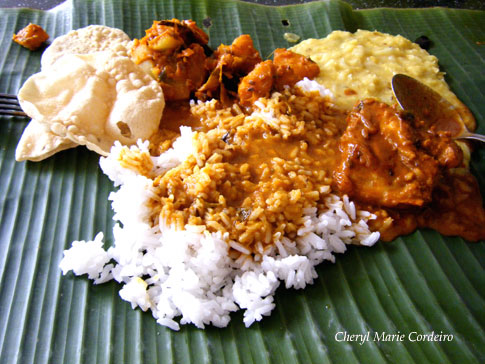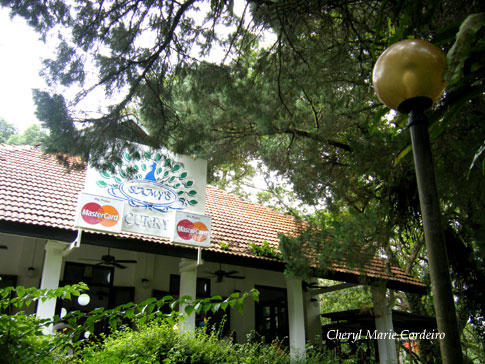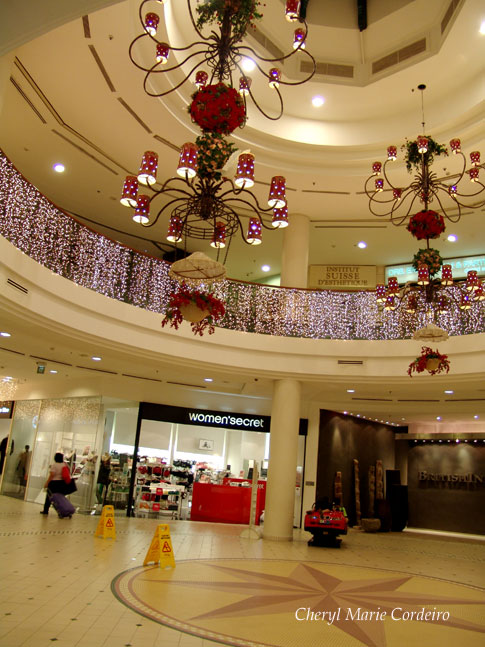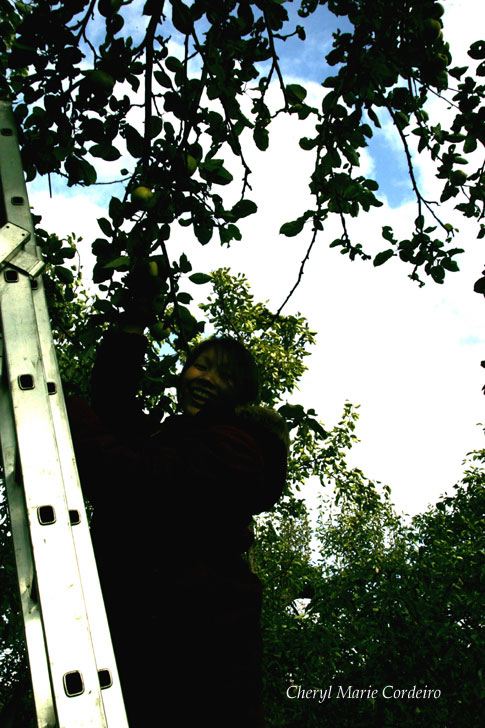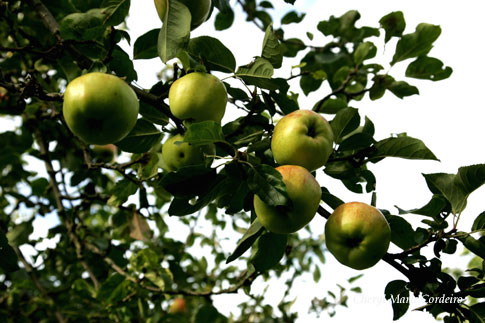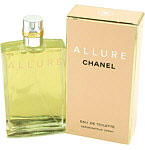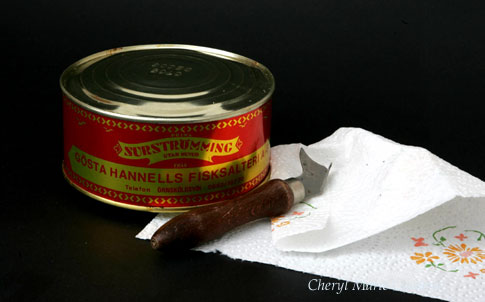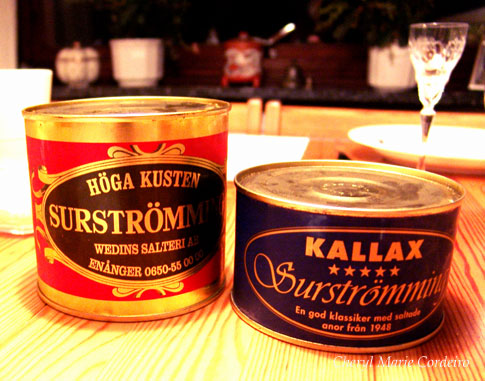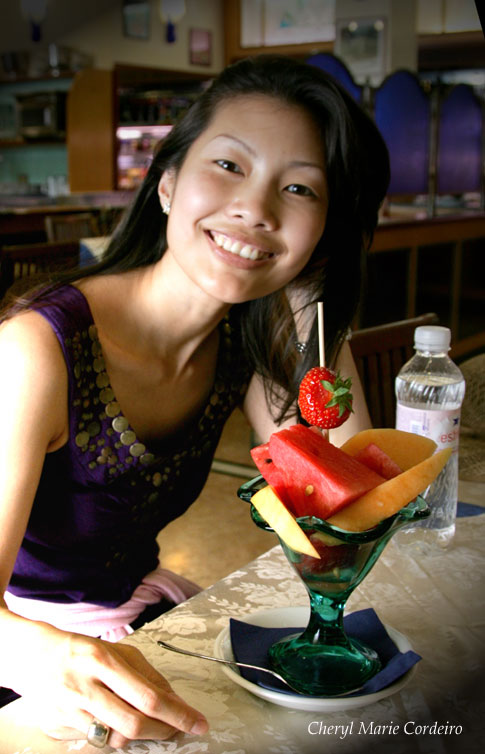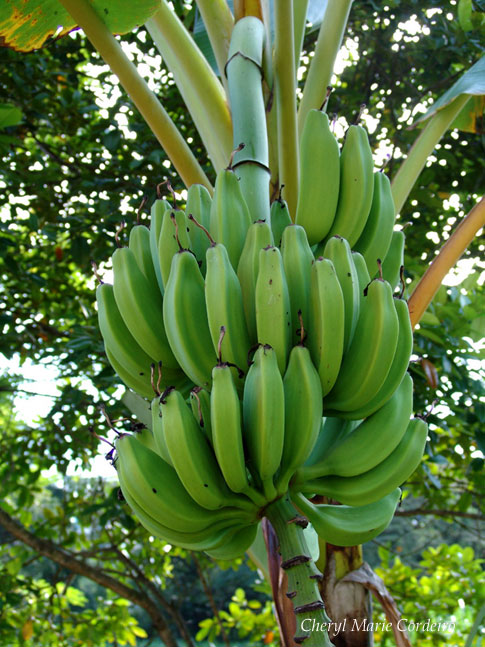
An idyllic spot in the tropics of Singapore allowed this banana tree to grow this beautiful bunch of bananas.
The banana tree is native to the region of Southeast-Asia, growing quite freely in the wilderness of Malaysia, Philippines and Indonesia. In the suburbs of Singapore, where concrete has replaced most of the secondary forests here, the banana tree is something of a tropical idyll to have in one’s private garden. The tree doesn’t grow too tall and its broad lush leaves provide shady relief from the mid-day sun.
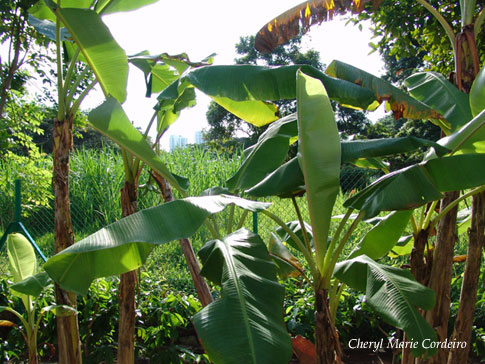
Banana trees in the morning sunlight.
The ease at which the banana tree grows in this region has made it a popular choice of ingredient when cooking local food. The leaves for example, are not only used to serve food as with the Indian tradition, but it is also used in traditional Malay desserts such as Kueh Lopes and the Chinese dessert, Banana Hoon Kueh, made with green bean flour and sliced bananas. Continue reading “At home in the tropics: the banana tree”

